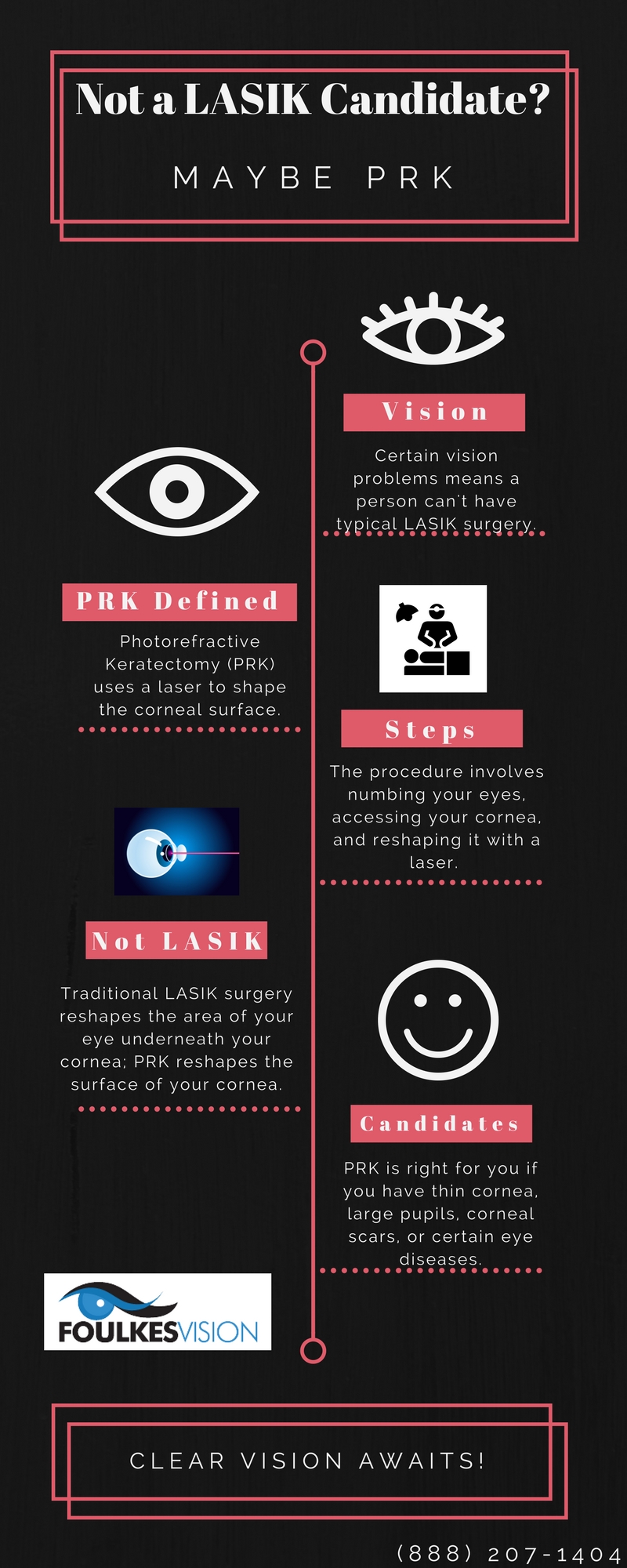As a cataract surgeon, your day starts with a complete eye examination, where you analyze patients' vision and lens clearness. You know just how vital it is to recognize cataracts precisely. Once identified, you plan for surgery, making certain every information is represented. Yet the difficulty doesn't end there. The genuine trip unfolds in the operating room, where precision is crucial. What takes place following could define an individual's visual future.
The Diagnostic Process: Identifying Cataracts
When it comes to diagnosing cataracts, quality is crucial. You'll begin with a comprehensive eye exam, where you'll analyze visual acuity and check for any indications of cloudiness in the lens.
During this process, you'll utilize specific tools, such as a slit light, to obtain a detailed view of the eye's framework. You'll also do a dilated eye exam to review the lens and retina more thoroughly.
Gathering can u have cataract surgery twice is vital, as it helps determine risk elements like age, diabetes, or previous eye injuries.
After examining the outcomes, you'll establish the existence and extent of cataracts. https://www.npr.org/templates/story/story.php?storyId=90070220 guarantees you give the best suggestions for treatment, setting the stage for the following steps in their care.
The Operation: Precision at work
After identifying cataracts and reviewing therapy choices, you get ready for the surgery, where accuracy is vital.
You go into the operating room, donning clean and sterile handwear covers and a mask. The person relaxes easily under intense lights, all set for the makeover.
You start by administering neighborhood anesthesia, guaranteeing they really feel no discomfort. With a stable hand, you make a little cut in the cornea, using sophisticated techniques to remove the over cast lens.
You meticulously insert the artificial intraocular lens, aligning it flawlessly for optimum vision. Throughout the treatment, you check vitals and change as needed, maintaining focus on the job.
In simply a short time, you'll have restored your person's view, a gratifying outcome for both of you.
Post-Operative Treatment: Making Certain Optimal Recuperation
When the surgical procedure is full, your role changes to ensuring the person's smooth recuperation.
You'll begin by supplying clear post-operative directions, worrying the relevance of putting on the eye shield and taking proposed medications. Advise them to stay clear of massaging their eyes and participating in arduous activities.
Arrange a follow-up visit within a couple of days to check healing and deal with any kind of worries. Motivate individuals to report any indicators of infection, such as boosted inflammation or discharge.
In addition, talk about the importance of using man-made splits to alleviate dryness. Support their psychological wellness by comforting them that visual enhancements may require time.
Final thought
In a cataract doctor's day, you witness the trip from medical diagnosis to healing. You see the precision in surgery and the treatment taken post-operation to ensure your optimal recovery. With this experience, you get clarity not simply in vision, however in comprehending the whole procedure. The trust developed between you and your surgeon is important, leading the way for a smoother recuperation. With the appropriate assistance, you get on your method to enjoying a brighter, more clear world.
